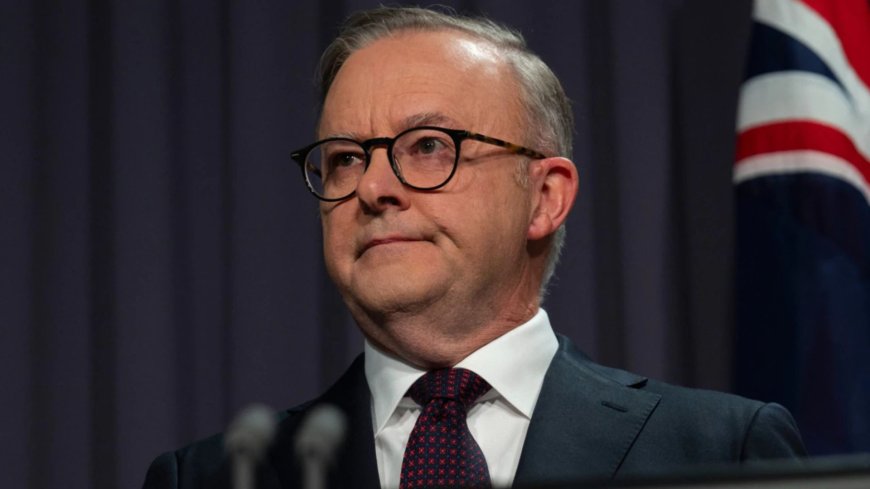The Real Story Behind Australia's Migration Numbers | Australia Migration News
Temporary migration has long-standing problems that are not easily fixed, a fact well-known to the former home affairs minister and current opposition leader. Despite this, he appears to be engaging in populist politics by promising quick fixes to the complex issue of migration.

Having overseen Australia's borders for more than six years, he understands that slashing 40,000 places from the permanent migration program will have minimal immediate impact on the overall number of people coming to Australia. This is because the majority of arrivals are temporary visa holders, not permanent settlers, and there is currently no cap on the number of temporary migrants allowed into the country.
In his budget reply, he presented migration as if it could be easily controlled by government announcements. This view is outdated, stemming from a time before international education and temporary work visas became integral to Australia's labor market. The more relevant metric today is Net Overseas Migration (NOM), which reflects the difference between the number of people arriving for an extended stay and those leaving after living in Australia for at least 12 months.
Australia's migration intake is now largely demand-driven, meaning NOM rises and falls with the labor market. When the job market is strong, more migrants come; when unemployment rises, arrivals decrease, and more people leave. Government policy does play a role, as seen during the COVID-19 pandemic when borders were closed, and many temporary visa holders were forced to leave due to lack of support. This resulted in a negative NOM for the first time since World War II.
Towards the end of the pandemic, concerns arose that migrants might not return in sufficient numbers to support the economy. In response, the government allowed international students to work more hours and expanded the "COVID visa" to enable temporary migrants to stay and work longer. These policies significantly contributed to the recent sharp increase in NOM, despite the Coalition now expressing alarm over these numbers.
Taking a long-term view, the recent migration-driven population increase is consistent with pre-COVID expectations set out in the 2019 budget. The fluctuations seen are primarily due to temporary migration changes and are unlikely to be repeated.
When the current government took office two years ago, it inherited a "broken" migration system. Efforts to reform the system and make it more efficient and responsive to economic needs are ongoing but slow. Recent changes include increasing the savings requirement for international student visas and cracking down on fraudulent education providers. Additionally, there is a promise to cap international student numbers, although this process appears complex and potentially messy.
Temporary migration issues have been developing for years and are not easily resolved. The idea that migration can be controlled by simply reducing numbers is an oversimplification. Such promises may appeal to some voters but fail to address the underlying complexities of the migration system.
What's Your Reaction?
 Like
0
Like
0
 Dislike
0
Dislike
0
 Love
0
Love
0
 Funny
0
Funny
0
 Angry
0
Angry
0
 Sad
0
Sad
0
 Wow
0
Wow
0







































































































